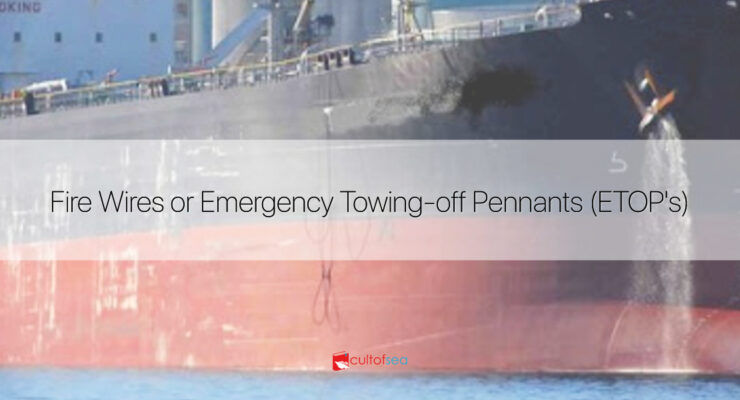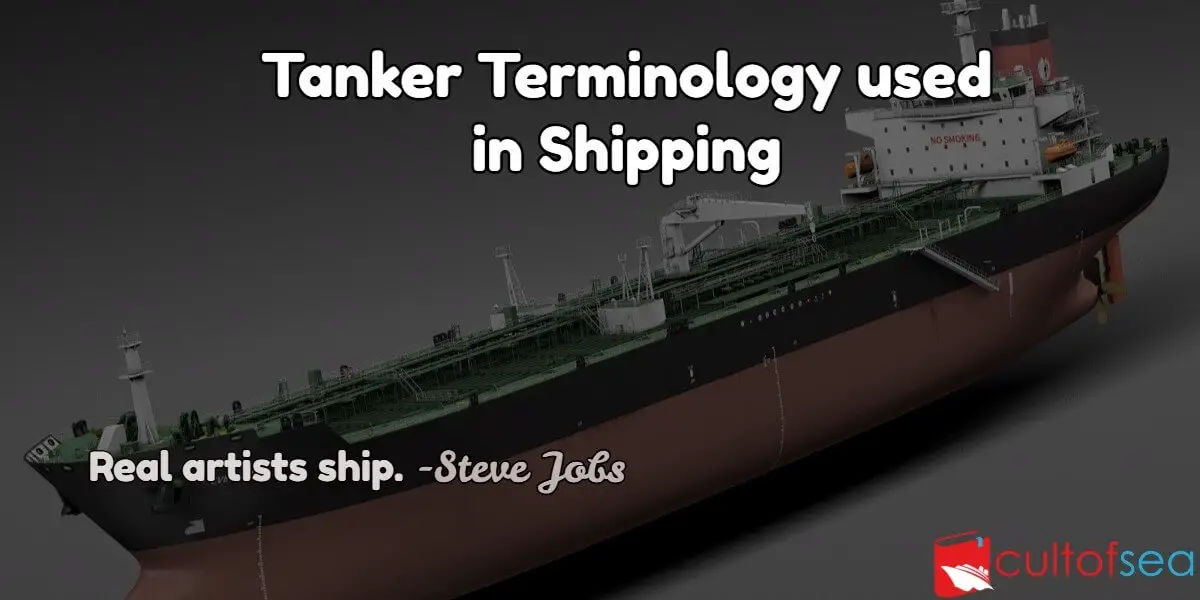Emergency Towing-off Pennants or ETOP's is usually referred to as “ Fire wires,” which provide a method of towing the vessel away from the berth in the event of an emergency. The intent of rigging fire wires or emergency towing pennants is to facilitate the movement of the vessel by tugs without the necessity of putting people on board to rig lines. In other words, it is used to assist tugs in the removal of the ship without the intervention of any crew member. Recommendations MEG 4 (4.7 Emergency tow-off pennants) OCIMF does not support the use of emergency tow off pennants although some … [Read more...]
Tanker Terminology used in Shipping
Tanker Terminology Anti-static additiveA substance added to a petroleum product to raise its electrical conductivity to a safe level above 50 picoSiemens/metre (pS/m) to prevent accumulation of static electricity. Auto-ignitionThe ignition of a combustible material without initiation by a spark or flame, when the material has been raised to a temperature at which self-sustaining combustion occurs. BondingThe connecting together of metal parts to ensure electrical continuity. Brush dischargeA brush discharge is a diffuse discharge from a single blunt … [Read more...]

